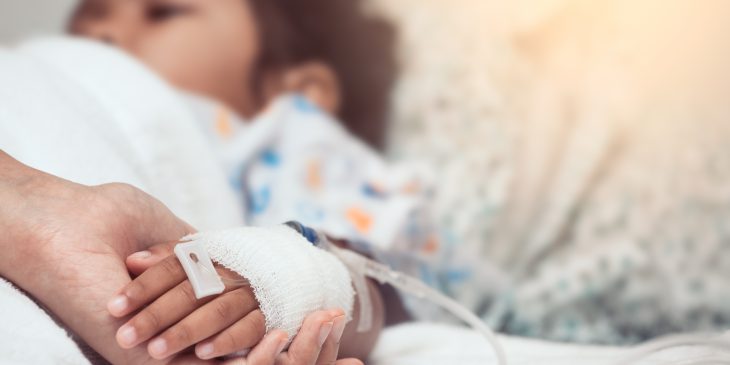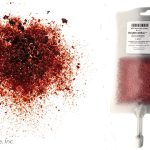Antibiotic-resistant infections – caused by so-called “superbugs” – are a leading threat to human health worldwide and pose a particular risk to people with immune systems that aren’t working well.
A team of researchers led by Dr. Daria Van Tyne, assistant professor in the Division of Infectious Diseases at the University of Pittsburgh School of Medicine, investigated how and why bacteria mutate in children undergoing cancer treatment at St. Jude Children’s Research Center.
Their findings, reported today in the Proceedings of the National Academy of Sciences, offer tantalizing ideas – including avoiding artificial sweeteners in medications – for future study to reduce the risk of superbugs infecting immunocompromised patients.
Van Tyne answers questions about the study:

Dr. Daria Van Tyne
Why did you conduct this study in children with cancer?
Many childhood cancers are treated with chemotherapy and stem cell transplants. These treatments destroy the immune system, and make patients highly vulnerable to infection with drug-resistant organisms, like vancomycin-resistant Enterococcus (VRE). Bacteria like VRE usually colonize the intestine first, and then they can get into the blood and cause dangerous infections there. We wanted to know if there are particular things that VRE bacteria do when they colonize the intestine or get into the blood of children without functioning immune systems. The answers might help us develop better ways to treat VRE infections.
What did your study find?
We sequenced the genomes of over 100 different VRE bacteria from 24 patients, and looked in the genomes of the bacteria for clues about how they were able to cause infections in these patients. Two big clues stood out to us, and we investigated them further.
The first was that the VRE bacteria began eating a kind of sugar that they don’t usually eat. This sugar, called sorbitol, is an artificial sweetener in medicines that are given to children. We think that the VRE bacteria might have started eating sorbitol when they got into the intestines of these patients, and that the presence of extra sorbitol helped the VRE bacteria colonize the intestinal tract.
The second clue we found was that some of the VRE bacteria were better able to stick to plastic and other surfaces. When we looked in the genomes of the bacteria that could stick better, we found that they had changed some of the sugar molecules that they put on their surface. These changes also made the VRE bacteria more resistant to lysozyme, an antibacterial enzyme that our bodies make to help us fight infections. We think that when the VRE bacteria changed their surface sugar molecules, they got two advantages: they could stick better, and they could also resist an important antibacterial enzyme.
How can future research build on the results of your study?
Our results suggest that some medicines given to patients in the hospital might contain ingredients, such as artificial sweeteners, that could help harmful bacteria colonize their intestines. There is still a lot that we need to learn about how VRE, and other bacteria, are able to grow and cause infections in hospitalized patients. But we hope that our study, and future research like it, will ultimately help us find better ways to prevent patients from developing VRE infections and to more effectively treat these infections if they do develop.








